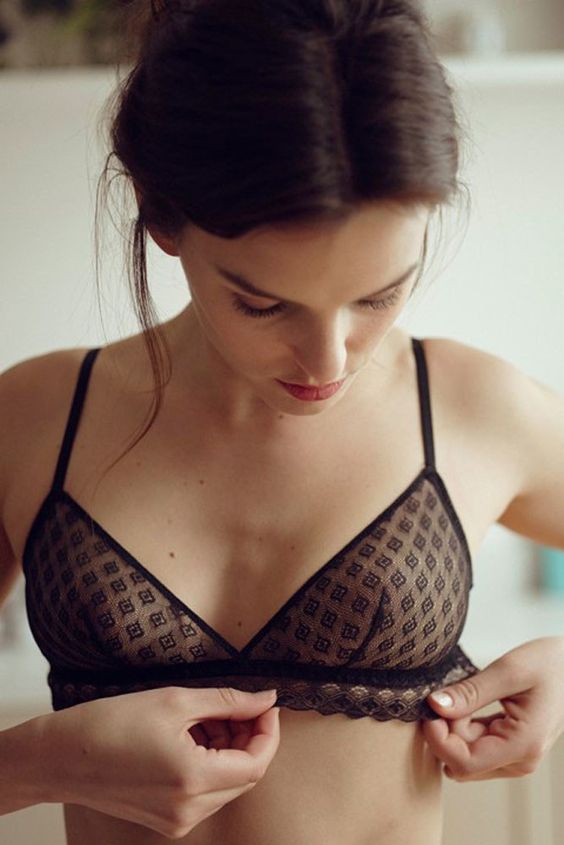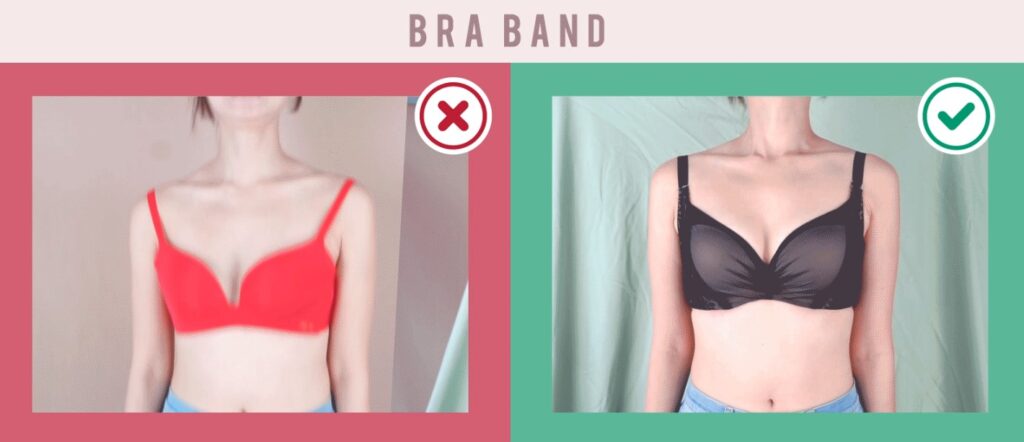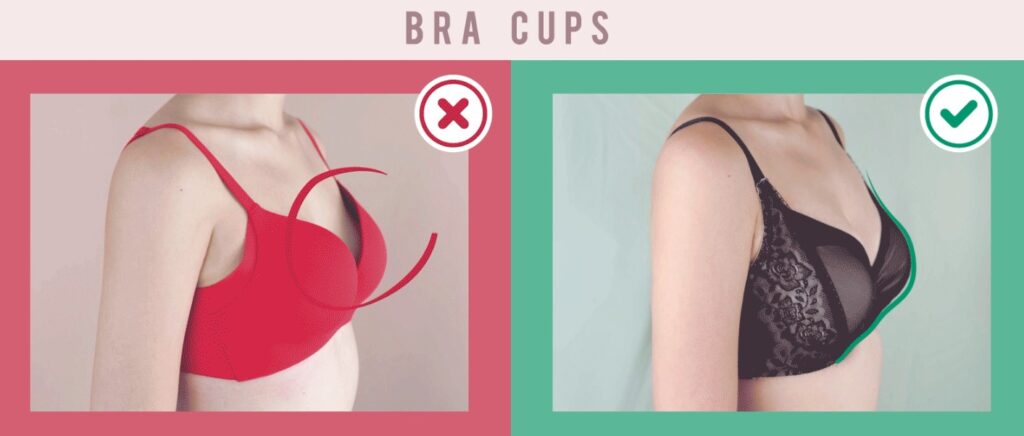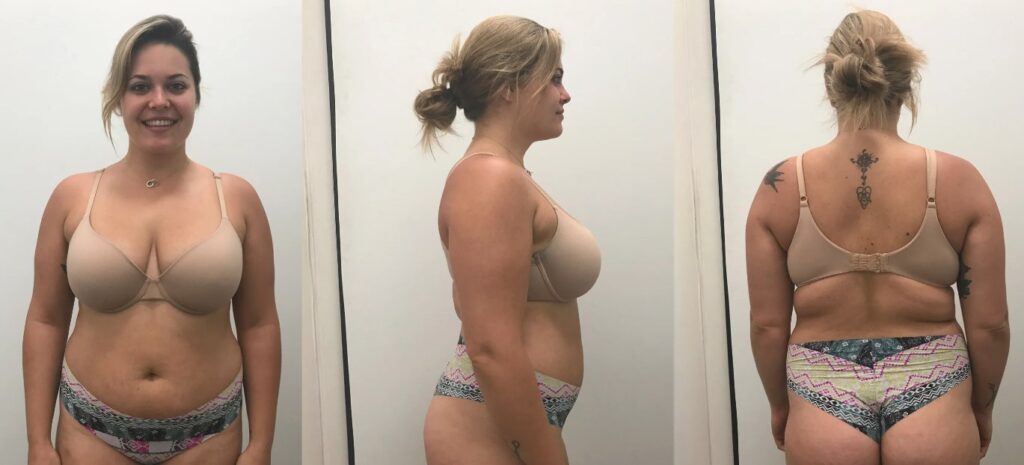
BRA BLISS
Bra Sizing Mistake: A Lingerie Developer’s Guide for Entrepreneurs
In the world of intimate apparel, there is no shortage of options when it comes to bra sizes. Unlike most other clothing items, bras come in a vast array of sizes, ranging from 32A to 38G (D4) and beyond. With over 500 bra sizes available, one might assume that finding the perfect fit should be a breeze. However, the reality is far from it. As lingerie entrepreneurs catering to the lingerie industry, understanding the intricacies of bra sizing is crucial. In this article, we delve into the common bra sizing mistake and how it impacts both customers and your business.

THE BASICS OF BRA SIZING
The dominant methodology in the lingerie industry for bra sizing is relatively straightforward. A bra size consists of two components: the band length and the cup volume. Achieving the perfect fit requires getting both elements right. As our bodies change, so does our bra size and this is where many bra-related issues begin.
CHANGING THE BAND SIZE
Let’s start by discussing band size adjustments. When you go up or down a band size means, you are tinkering with it by 2 inches. Sounds simple, right? But here’s the twist:
- Up for a Larger Band Size: If your customers are hooking their bras on the last set of loops and it still feels uncomfortably tight, they probably need a larger band size. But here’s the catch – when you increase the band size, you’ve got to decrease the cup size to maintain the same cup volume.
Example: If they’re rocking a 38D, they should move to a 40C for a larger band size.

- Down for a Smaller Band Size: On the flip side, if your customers put on their newest bra and it seems to migrate upwards when they raise their arms, it’s time for a smaller band size. However, decreasing the band size means going up a cup size to keep the same cup volume. Otherwise, the cups will be too small.
Example: A 38D should consider shifting to a 36DD (D2) for a smaller band size.
CHANGING THE CUP SIZE
Changing cup size is a more refined adjustment as it involves altering the bustline diameter by one inch. Here’s how to approach it:
Going Bigger with the Cup Size: If your customers find their breast tissue spilling over or the center panel isn’t resting on their sternum, it’s a clear sign they need a larger cup size. In many cases, especially with band sizes of 38 and above, they might need to go up by more than one cup size to tame that spillage.

- Downsizing the Cup Size: On the flip side, if they’ve done everything right – tucked all their breast tissue inside the cups and tightened the straps – but they still see wrinkles, it’s time to downsize the cup size by one or two.
THE NO. 1 BRA SIZING MISTAKE
Now, the big reveal! The most common mistake we see is women wearing bras with band sizes too large and cups too small. Sound familiar? It’s no surprise, given the history of bra manufacturing. Until the 1990s, larger cup sizes were scarce, leaving well-endowed women with no choice but to upsize their bands and compromise on fit.

Most women wearing the wrong size bra simply don’t know what a well-fitting bra should look like. Many modest women opted for larger band sizes instead of venturing into larger cup sizes. It’s a shame because a well-fitting bra can work wonders, enhancing both comfort and confidence.
As lingerie developers and entrepreneurs in the intimate apparel industry, mastering-technical-bra-fitting-for-perfect-fit and educating your customers about finding the right bra size is a game-changer. Happy customers mean a thriving intimate apparel business, and that’s something we can all get behind!
